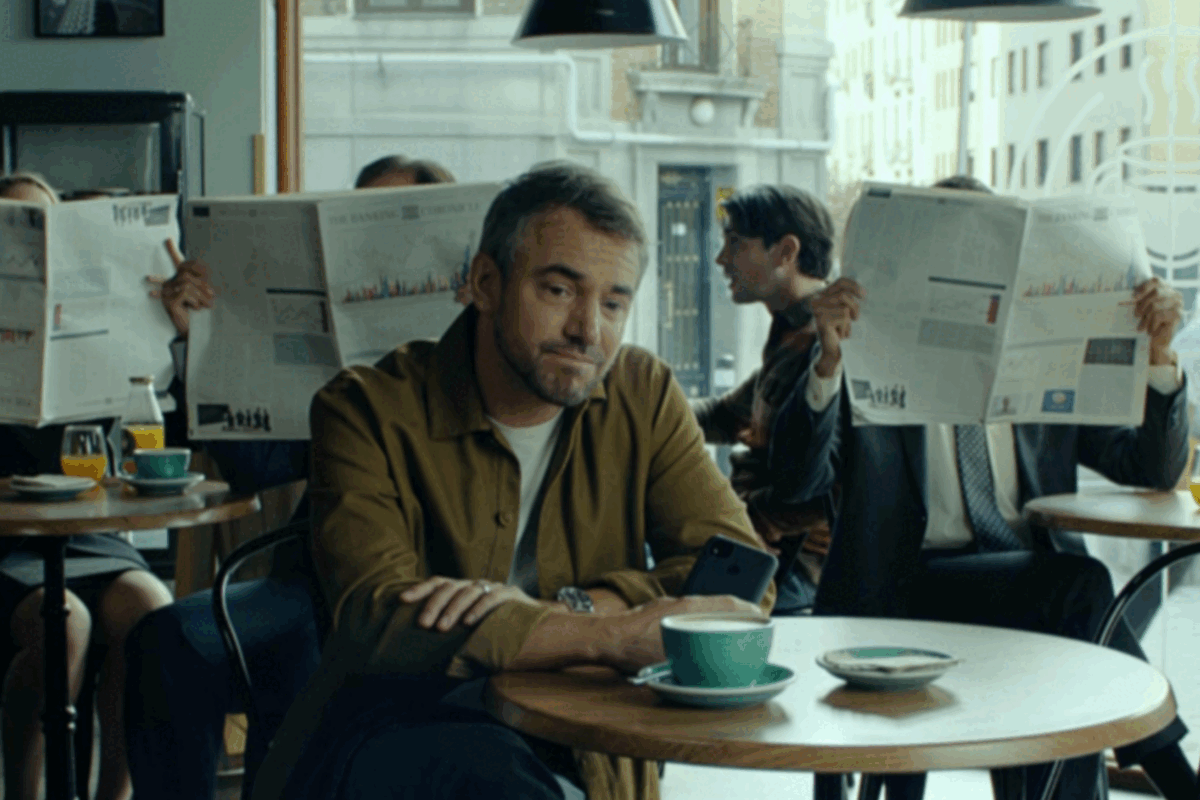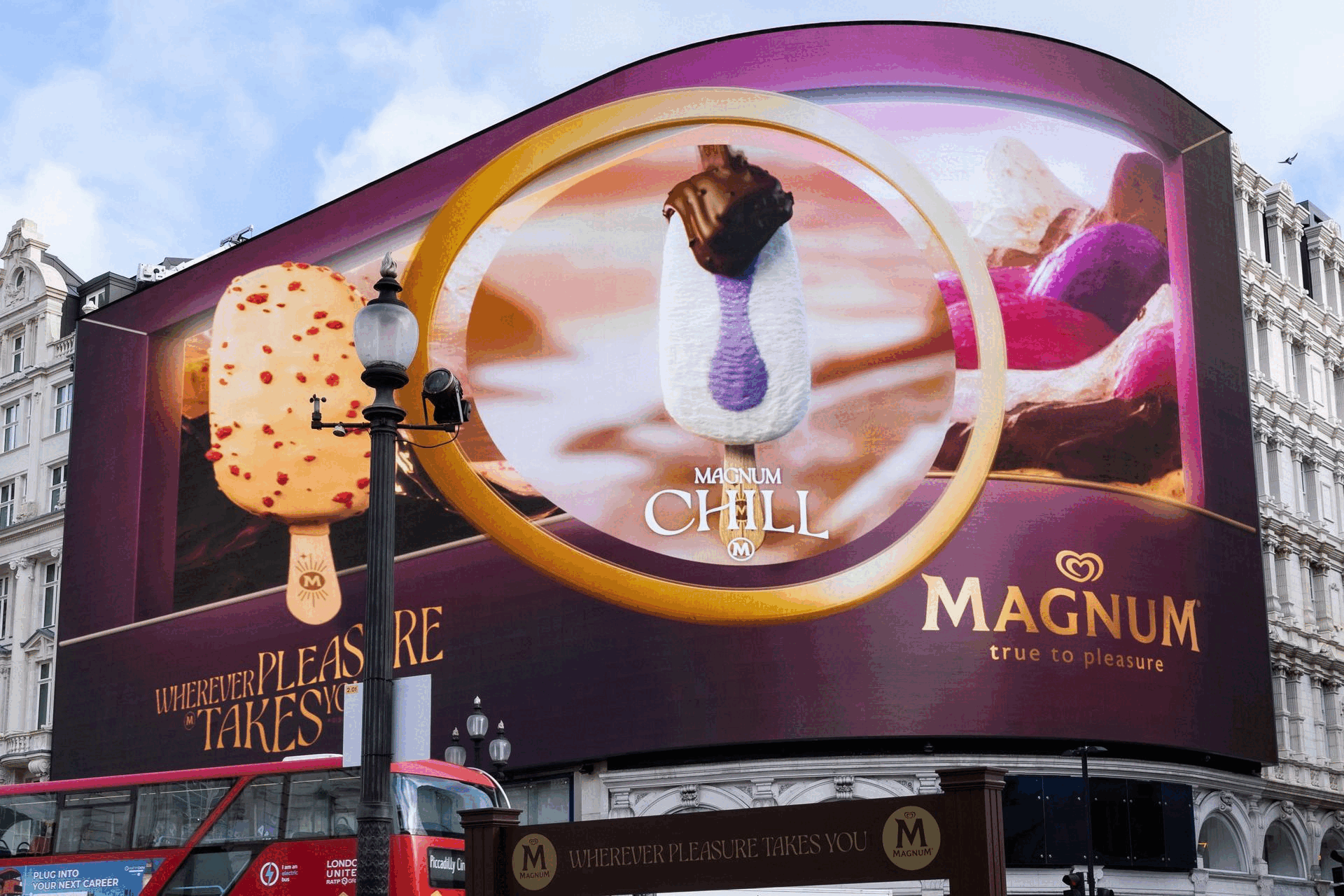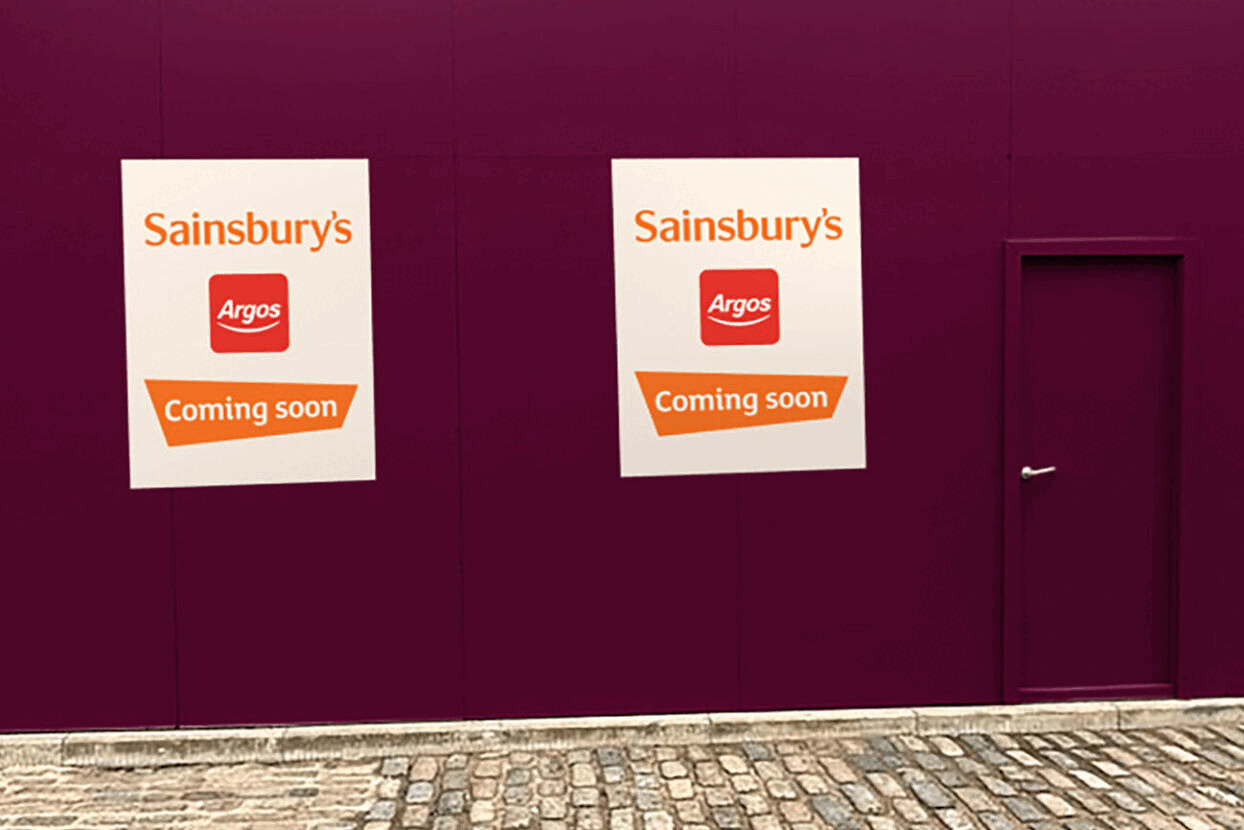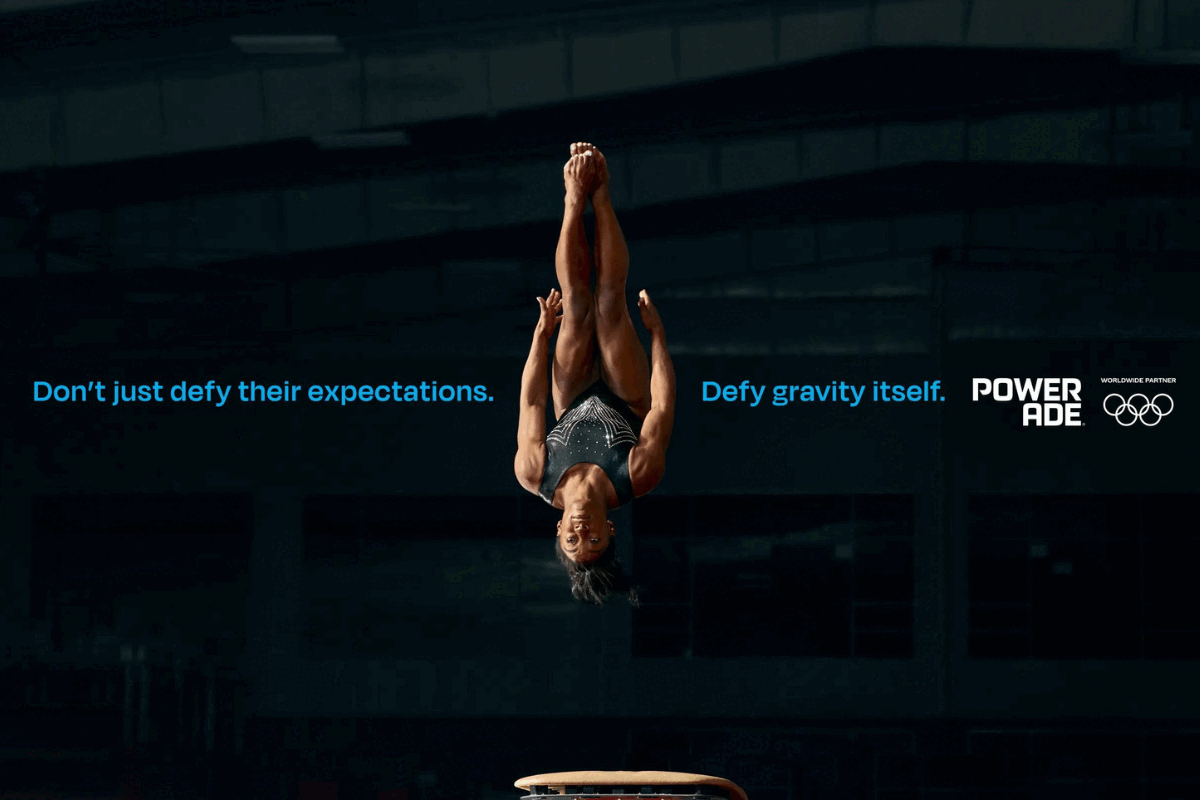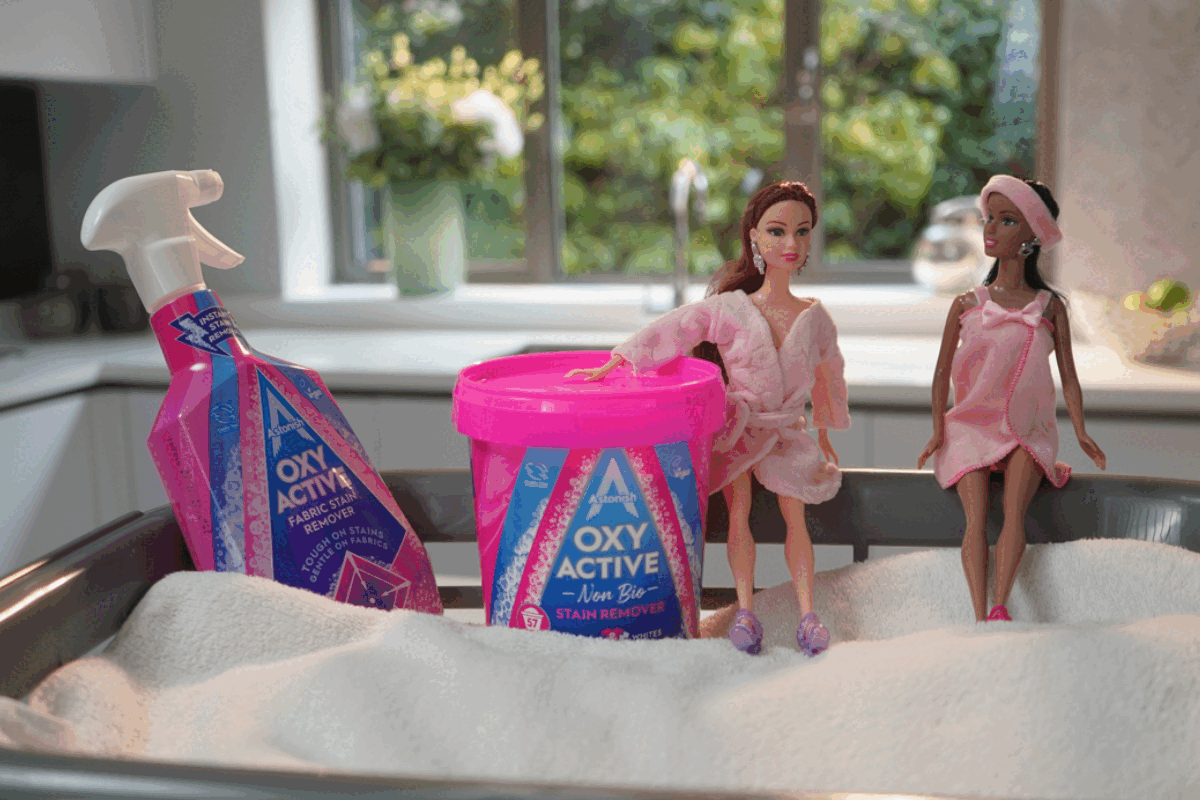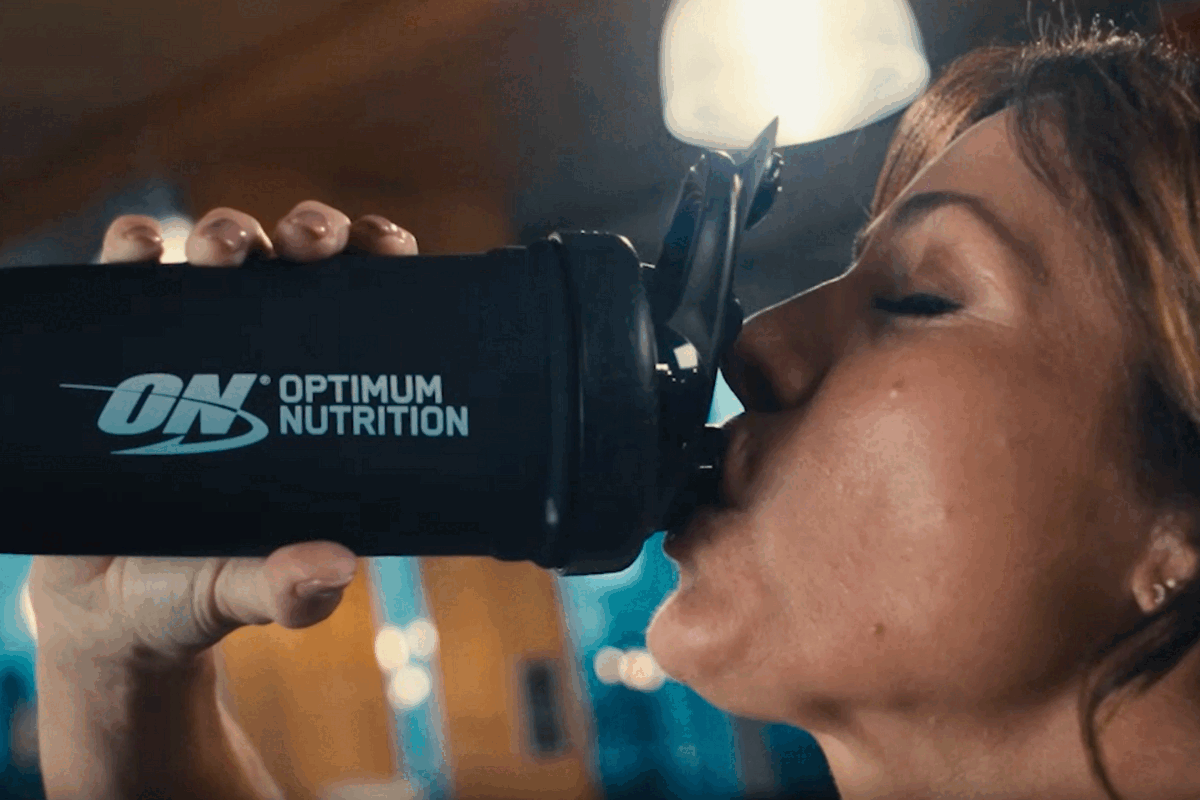The Programmatic Problem: Brand Safety, Extremism and Retargeting
- Thursday, February 9th, 2017
- Share this article:
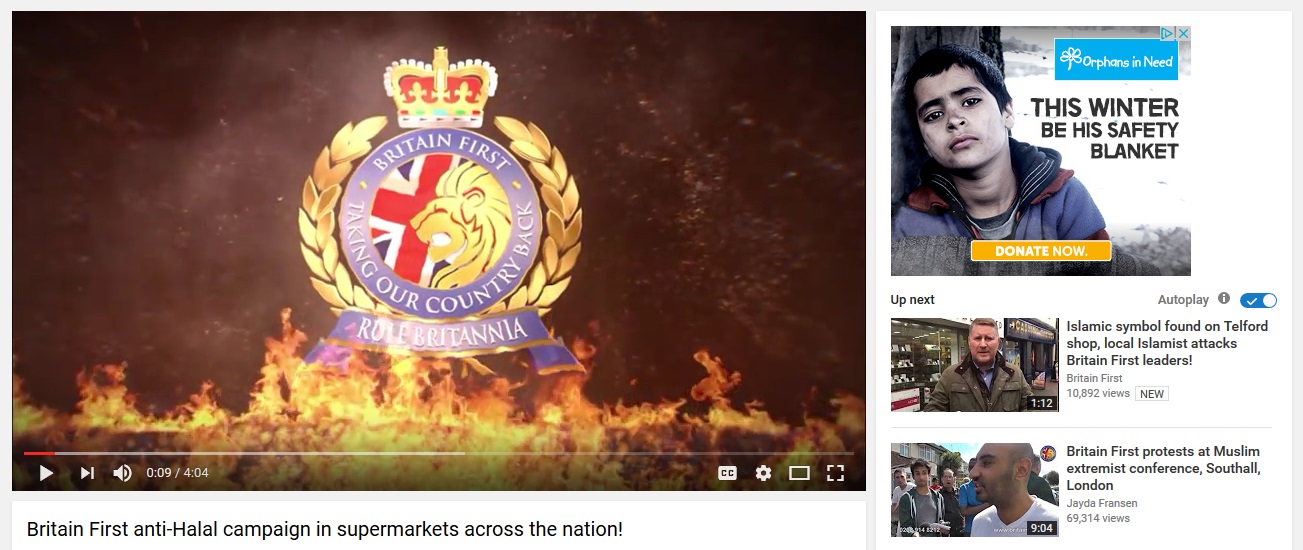
The revelations in The Times this morning that a number of household brands have been caught serving adverts on extremist sites and alongside inappropriate content have shaken the industry. The story brings into question the legitimacy of programmatic in general, and retargeting in particular, and asks if current technology is enough to protect brands from these sort of incidents.
According to a front-page report by The Times, adverts from hundreds of large companies, universities and charities including Waitrose, Mercedes-Benz and Marie Curie have appeared on hate sites and been served on YouTube videos created by terrorists and their supporters.
Blacklists designed to prevent adverts appearing next to extremist or offensive content and protect brand safety are seemingly not fit for purpose, with adverts for HSBC, Eurotunnel and JD Sports all appearing on far-right and Islamist hate group sites. Adverts for John Lewis Dropbox and Disney were reportedly served on sunnah-online.com, a website that hosts lectures by Abu Ameenah Bilal Philips, who is banned from Britain for extremist views, while the far-right Britain First website apparently included ads from Waitrose and the V&A Museum.
The Times report suggests the situation was just as bad on YouTube, where adverts for Mercedes-Benz and Sandals Resorts appear on videos praising Isis and groups affiliated with al- Qaeda, and campaigns by Sony, Argos, Honda and Liverpool University are served over anti-semitic videos and images of swastikas.
After The Times informed Google of the situation, several of the videos were taken down, and it is understood that in some cases advertising revenues went to the rights holders of songs used in the videos, rather than the video owners themselves. However, with YouTube ads typically earning a video poster around $7.60 (£6.05) per thousand views and many of the most popular extremist videos bringing in over 1m hits, brands are having to struggle with the fact that they may have directly funded these sort of viewpoints.
Whos To Blame?
While the companies in question (and no doubt many other brands) scramble to ensure their ads are not appearing against any more extremist content, some have hit back, blaming advertising agencies and the growth of programmatic advertising as the cause of these incidents.
Last week Marc Pritchard, chief brand officer at P&G, the worlds largest advertiser, accused agencies of not acting in the best interests of the brands they represent, saying that firms “have a media supply chain which is murky at best and fraudulent at worst. We need to clean it up.”
Leaked documents obtained by The Times from a top-six agency reportedly show that 40 per cent of its advert-buying income in 2015 came from hidden kickbacks as well as from other income, with one source saying this is mainly derived from mark-ups applied to digital commercials, especially those using programmatic technology. According to The Times, many large agencies have been accused of pushing brands into online advertising as a way of boosting their own profits.
“Programmatic advertising is a big concern for us and the whole advertising industry,” said Hicham Felter, spokesperson for ISBA. “There is a greater risk of ads appearing in violent, pornographic, extremist and other unsafe brand environments because of the volume and speed at which programmatic trading is carried out.
“The suspicion is that the surge in programmatic trading is being fuelled by the profit media agencies can make rather than because it delivers better results for their clients.”
However, Libby Robinson, managing director for EMEA at M&C Saatchi Mobile argues that agencies are doing their best with the current technology available, and that a more consistent, industry-wide approach to brand safety will help ad tech providers to identify unsafe publishers and content more easily.
“This is a key industry issue which we have been addressing through our own internal efforts with all programmatic campaigns. We are harnessing technology that provides brand safety at the heart of media buying. This includes working with both third party brand safety partners and buy-side technologies who are dedicated towards these efforts.
“We strongly believe that technology partners need to come together and agree on a universal industry standard for brand safety. They need to thoroughly vet all new publishers and their content before allowing them to serve digital advertising, as well as implementing frequent content audits.”
Brand safety has been a recurring concern during the rise of programmatic, with news stories popping up periodically showing ads served up against inappropriate or offensive content. However, as programmatic becomes the industry standard, and targeting technology grows more precise, many hoped that this issue was a thing of the past, and claim that progress has been made to address these dangers.
“Its a question of realism over idealism,” said Richard Foan, chairman of JICWEBS and group executive director of communication and innovation at the Audit Bureau of Circulation. “When you look at the sheer volume of content, the fragmentation and choice available globally, it is unrealistic to say we will stop this happening. If yo compare this mornings article to a similar one in The Sun two and half years ago, I think you will agree that we have shifted in a positive direction. There are lots of different players, but it still involves collective responsibility.”
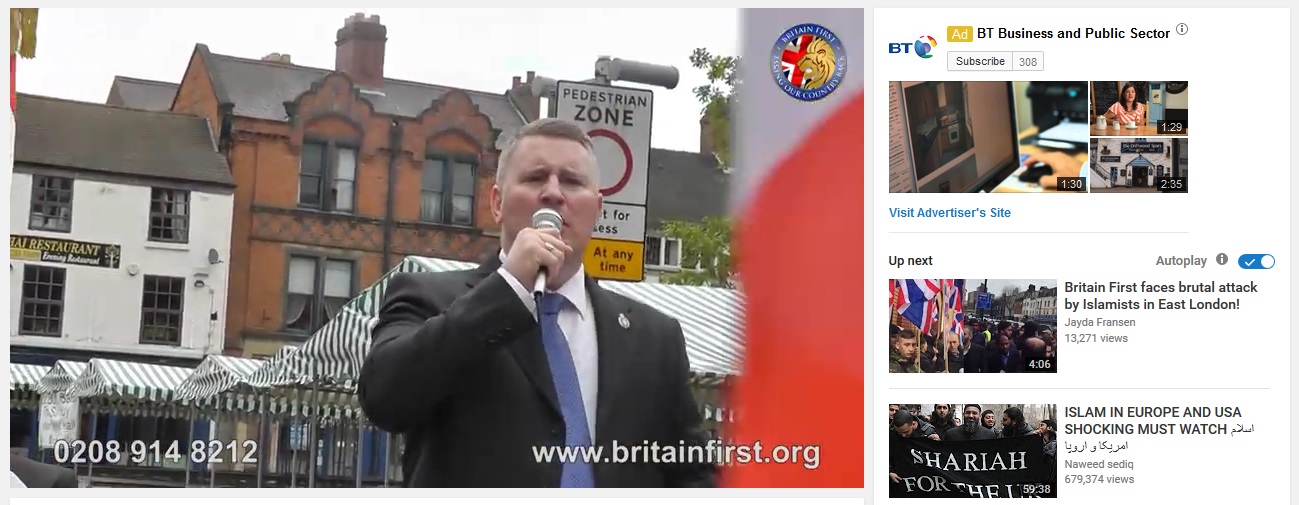
“Ensuring ads dont appear alongside inappropriate or illegal content is one of the biggest issues we face in the rapidly evolving online ad industry, and one of our highest priorities,” said Jon Mew, CEO of IAB UK. “The IAB has worked with the industry to drive action in this area through the Digital Trading Standards Group and JICWEBS, whove created an accreditation system for companies involved in serving online ads.
“Furthermore, we are working with the police, and using the PIPCU Infringing Website List to reduce the risk of misplacement of advertising appearing on illegal sites that infringe copyright. There are actions advertisers can take today to make sure their brand is safe, and we recommend that when buying, media brands work with partners that offer choice and control, like the signatories of the DTSG do, to reduce the risk of their ad being seen alongside inappropriate content.”
“Deeply Disturbing”
However, many in the industry suggest that progress is not being made fast enough, and these problems will continue to plague digital advertising until a concerted effort is made to tackle both brand safety and the spread of extremist content through social media.
“Programmatic has received the blame for the most recent brand safety failures as highlighted by The Times – but the real issue is that many safety processes don’t analyse content correctly, relying on blacklists or keywords rather than understanding the meaning behind content,” said Nick Welch, vice president of sales and business development for north Europe at ADmantX. “The reality is you can have a domain or site that is reputable or considered ‘safe’ but unless you understand the content at the page or URL-level, you can’t fully appreciate the environment of the suggested ad placement.”
Google has also faced criticism for allowing hundreds of extremists to make money through advertising on YouTube, especially as users that intend to monetise their videos have to be approved to ensure their videos do not breach the sites terms and conditions. Last night, MPs discussed The Times report, calling on Google to explain how the situation had arisen.
“This is deeply disturbing,” said MP Chuka Umunna. “There is no doubt the social media companies could be doing far more to prevent the spread of extremist content.”
“When it comes to content on YouTube, we remove flagged videos that break our rules and have a zero tolerance policy for content that incites violence or hatred,” said a Google spokesperson. “Some content on YouTube may be controversial and offensive, which is why we only allow advertising against videos which fall within our advertising guidlines. Our partners can also choose not to appear against content they consider inappropriate, and we have a responsibility to work with the industry to help them make informed choices.”
“Todays investigation in The Times shines a spotlight on the stubbornly slow progress the industry is making on dealing with issues that have existed for some time now,” said Gavin Stirrat, managing director of Voluum. “There are two separate issues flagged which are very different. The first is whether some of the content that large platforms such as Google and Facebook host is suitable for monetisation by advertising, and how that can be better managed is really only a conversation that can be had between brands, agencies and the platforms in question.
“On the wider issue of ads appearing on third party sites through programmatic buys, the quality of tools available to manage where ads appear differ hugely in terms of usability and effectiveness. It is evident for the recent P&G and O2 announcements that the buy side are now beginning to demand more robust solutions to brand safety are implemented.”
Its evident that no-one involved in the ad industry wants to hold up their hands and take the entirety of the blame for situations like this arising, and nor should they – these issues are the result of a combination of factors and systemic flaws. However, in order to address the concerns of brands and cut off funding from extremists, its clear that an industry-wide response is needed, with improvements necessary at every stage of the marketing ecosystem.





